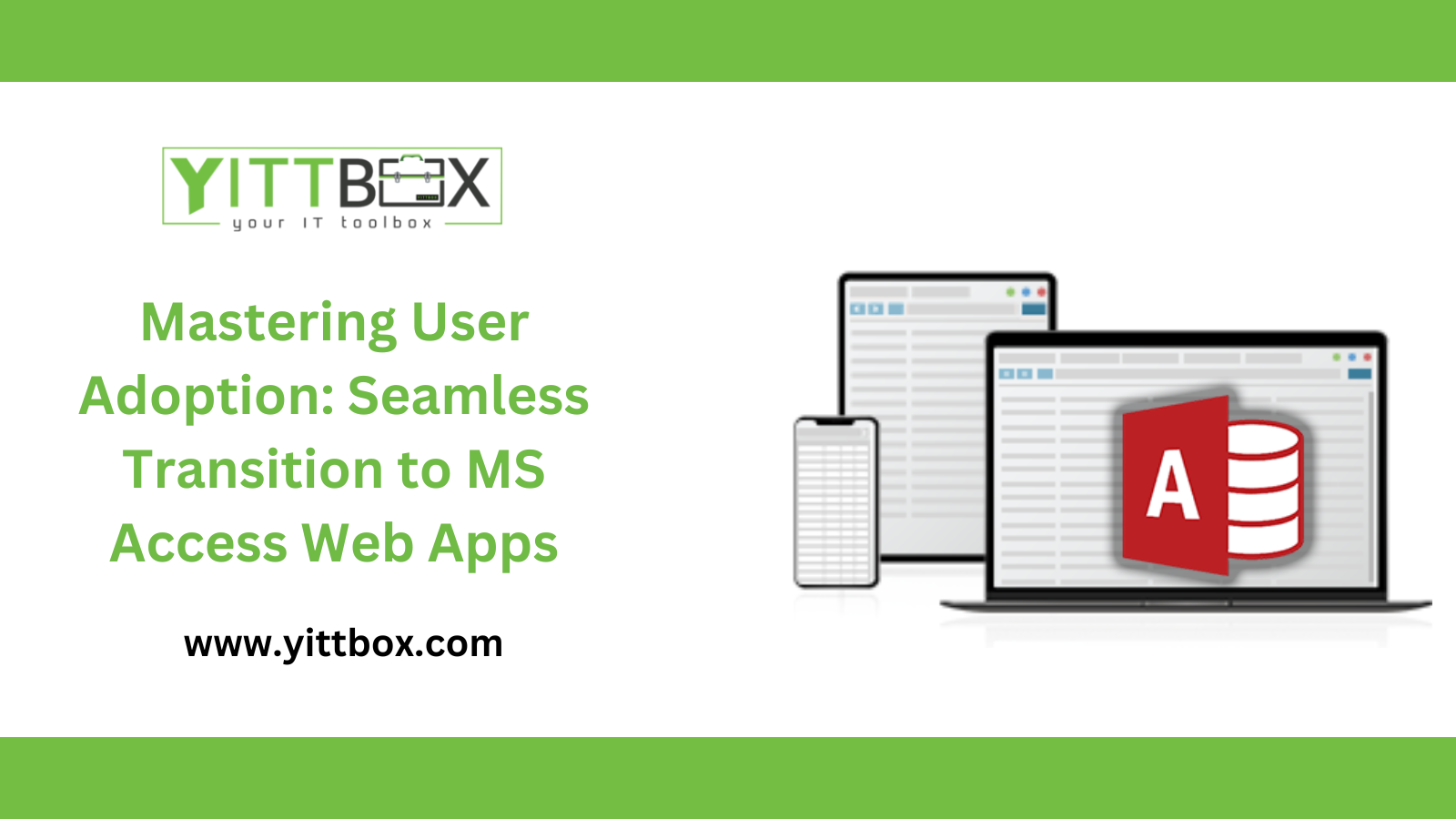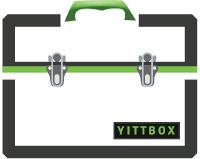Seamless Transition to MS Access Web Apps
In the realm of modern data management, transitioning to MS Access web applications marks a pivotal shift. However, the success of this migration relies heavily on user adoption. This comprehensive guide explores effective strategies to facilitate a smooth transition, ensuring users embrace MS Access web apps seamlessly.
Understanding User Perspectives:
Objective: Gain insights into user perspectives and concerns regarding the transition to MS Access web apps.
Content:
- Explore common user concerns such as changes in workflow and apprehensions about new technologies.
- Discuss the importance of empathizing with users and addressing their specific needs and challenges.
Clear Communication and Training:
Objective: Emphasize the significance of transparent communication and comprehensive training programs.
Content:
- Highlight the role of clear communication in setting expectations and addressing any uncertainties.
- Discuss the development and implementation of training modules tailored to various user proficiency levels.
User-Centric Interface Design:
Objective: Showcase the importance of designing MS Access web apps with a focus on user-friendly interfaces.
Content:
- Explore principles of user-centric design, including intuitive navigation and a familiar look and feel.
- Discuss the impact of a well-designed interface on user experience and adoption rates.
Gradual Rollout and Feedback Loops:
Objective: Advocate for a phased rollout strategy and the incorporation of continuous feedback loops.
Content:
- Explore the benefits of gradually introducing MS Access web apps to different user groups.
- Discuss the importance of collecting user feedback and iteratively improving the application based on real-world usage.
Addressing User Concerns and Resistance:
Objective: Provide strategies for addressing user concerns and overcoming resistance to change.
Content:
- Explore common reasons for user resistance and strategies to mitigate these concerns.
- Discuss the role of leadership in fostering a positive attitude toward the transition.
Recognition and Incentives:
Objective: Highlight the role of recognition and incentives in motivating users to adopt MS Access web apps.
Content:
- Discuss the implementation of recognition programs to acknowledge and reward early adopters.
- Explore the impact of positive reinforcement on creating a culture of active user participation.
Continuous Support and Training Resources:
Objective: Emphasize the need for ongoing support and the availability of comprehensive training resources.
Content:
- Discuss the establishment of support channels for users encountering challenges.
- Highlight the importance of creating a repository of training resources for continuous learning.
Conclusion:
In conclusion, successful user adoption is the linchpin of a smooth transition to MS Access web apps. By understanding user perspectives, prioritizing clear communication, employing user-centric design, and incorporating feedback loops, businesses can ensure a seamless and positive user experience. The strategies outlined in this guide aim to empower organizations to navigate the intricacies of user adoption and maximize the benefits of MS Access web app implementation.
For personalized insights and consultation on optimizing user adoption for MS Access web apps, contact us at [Sales@Yittbox.com]







